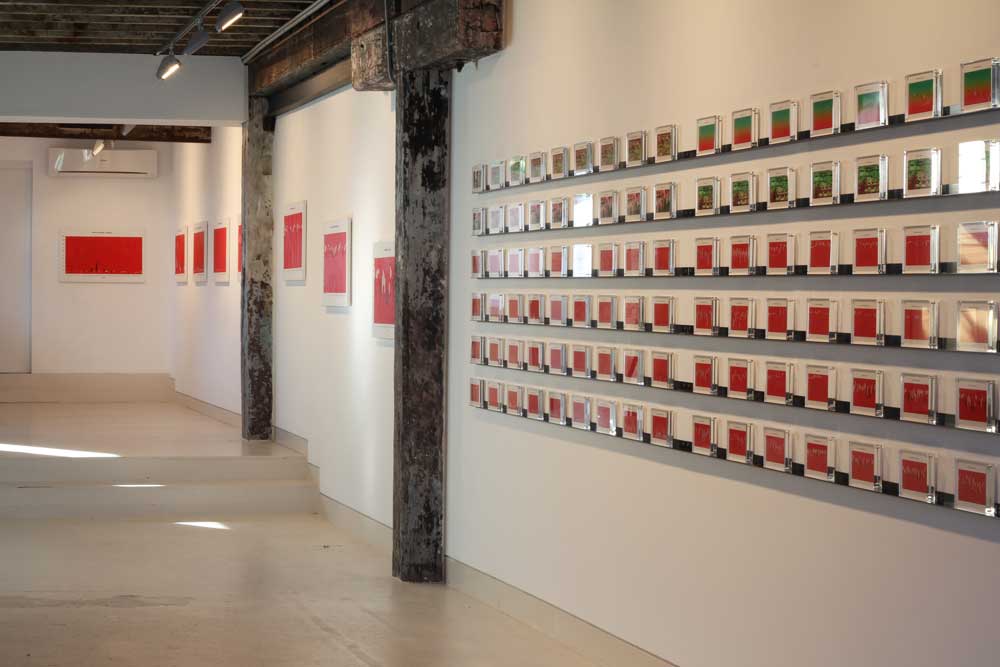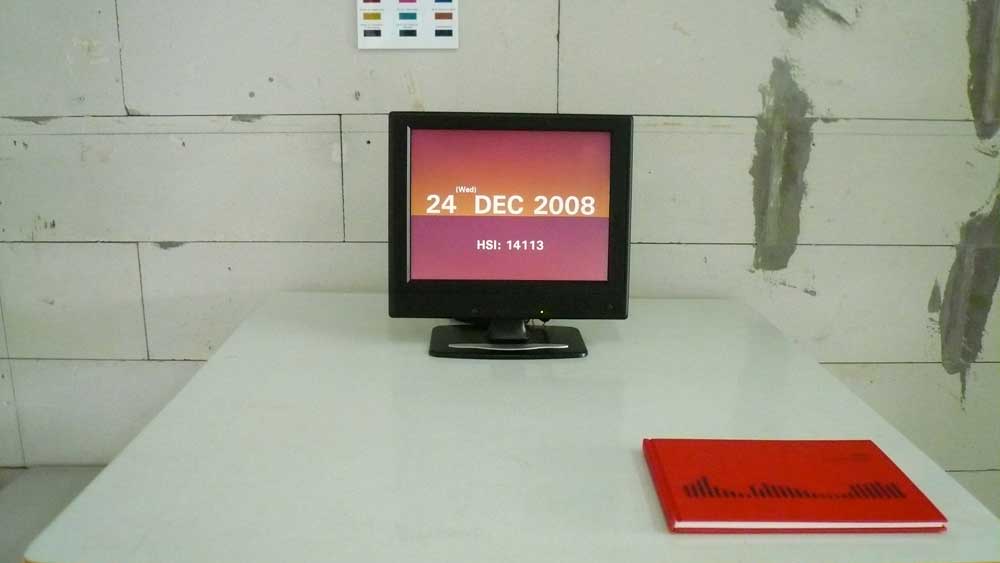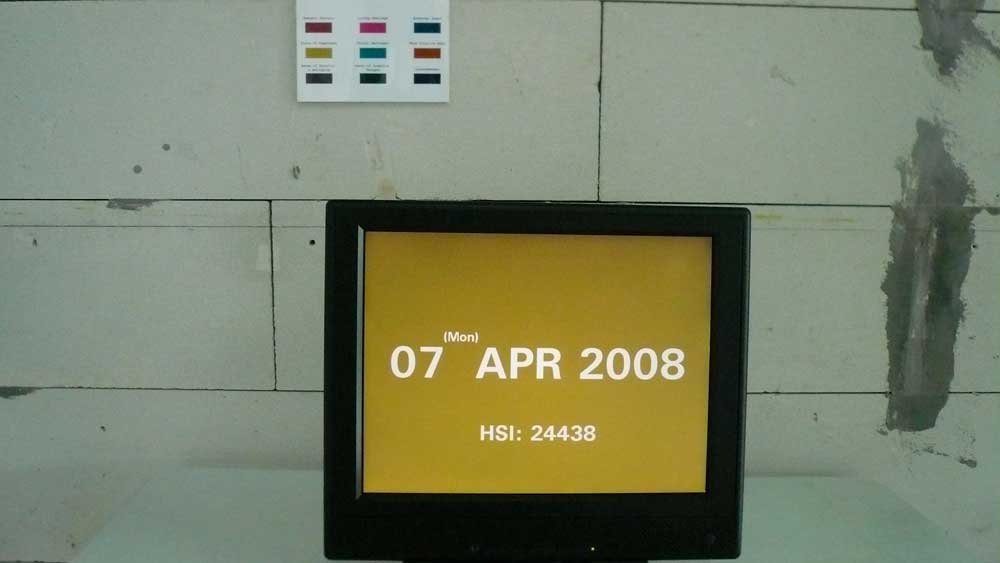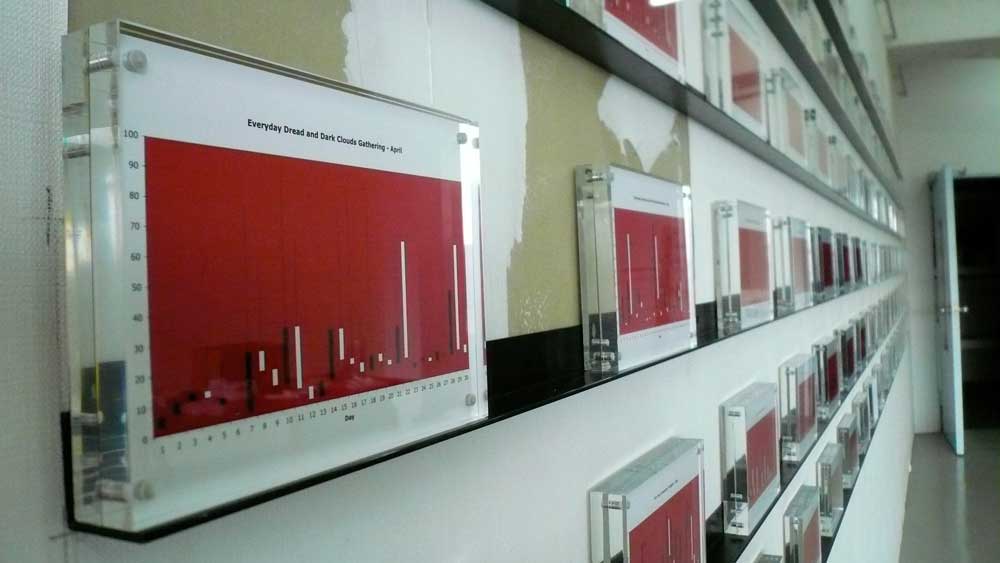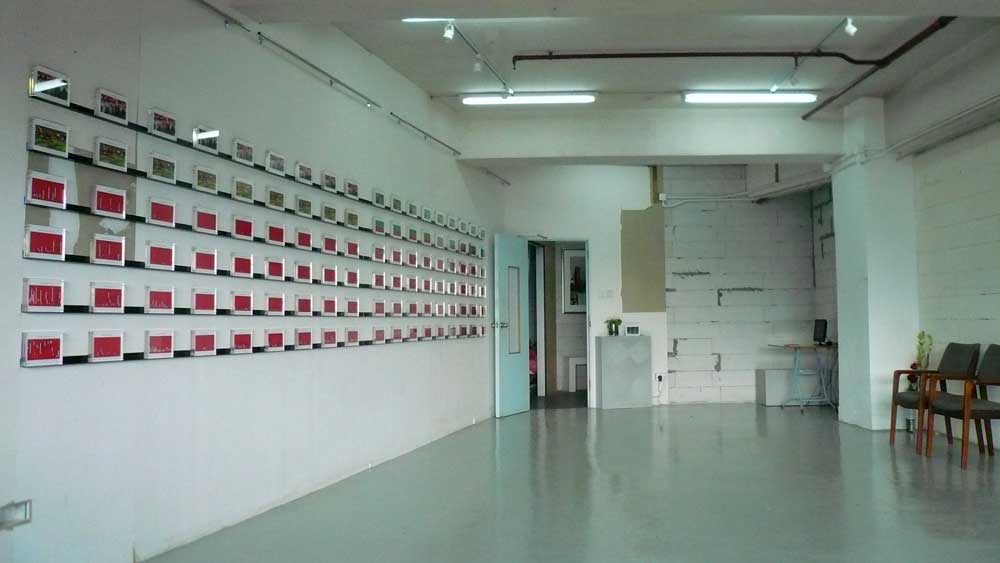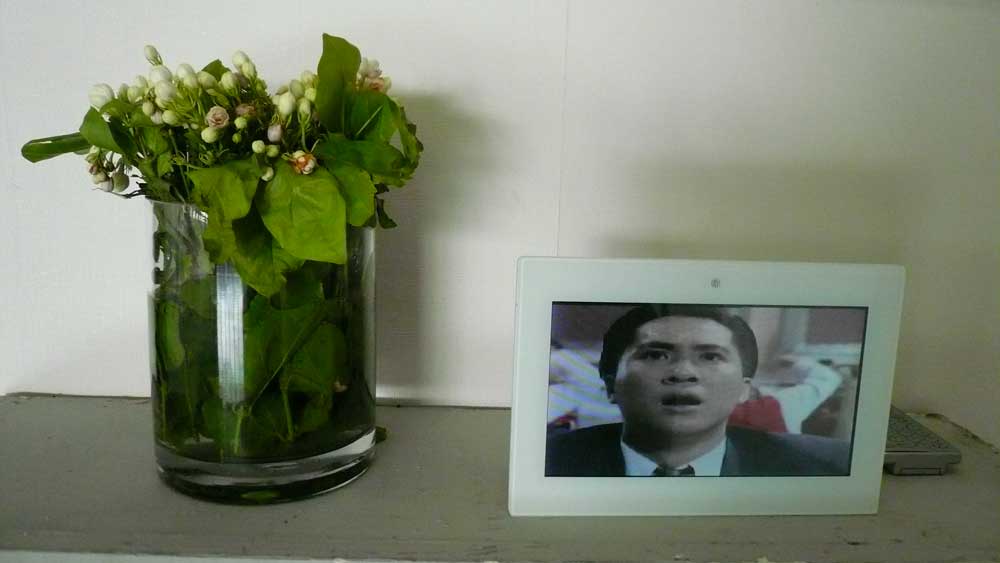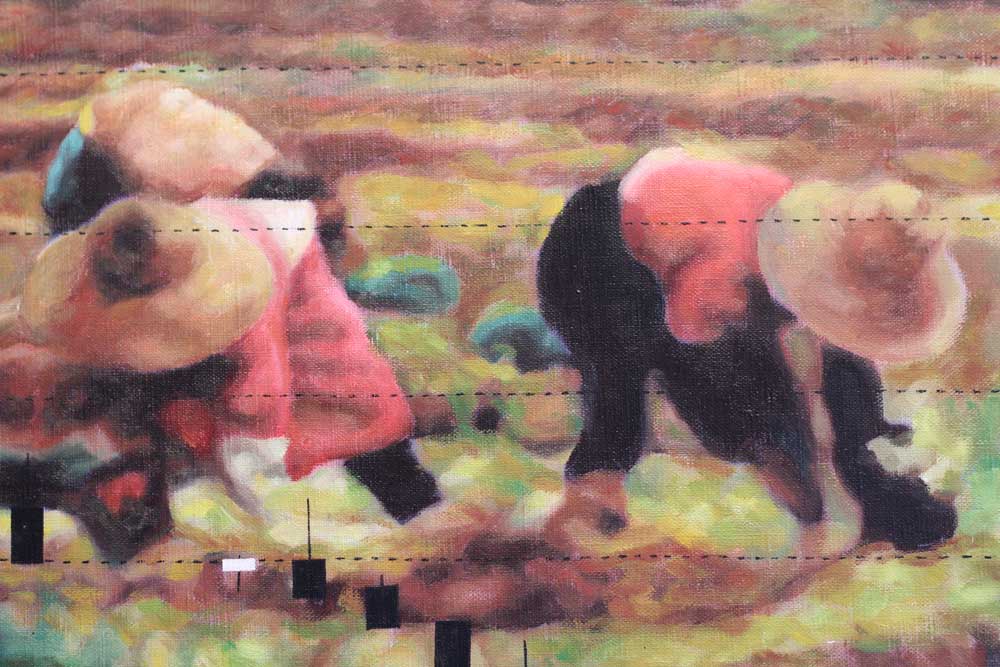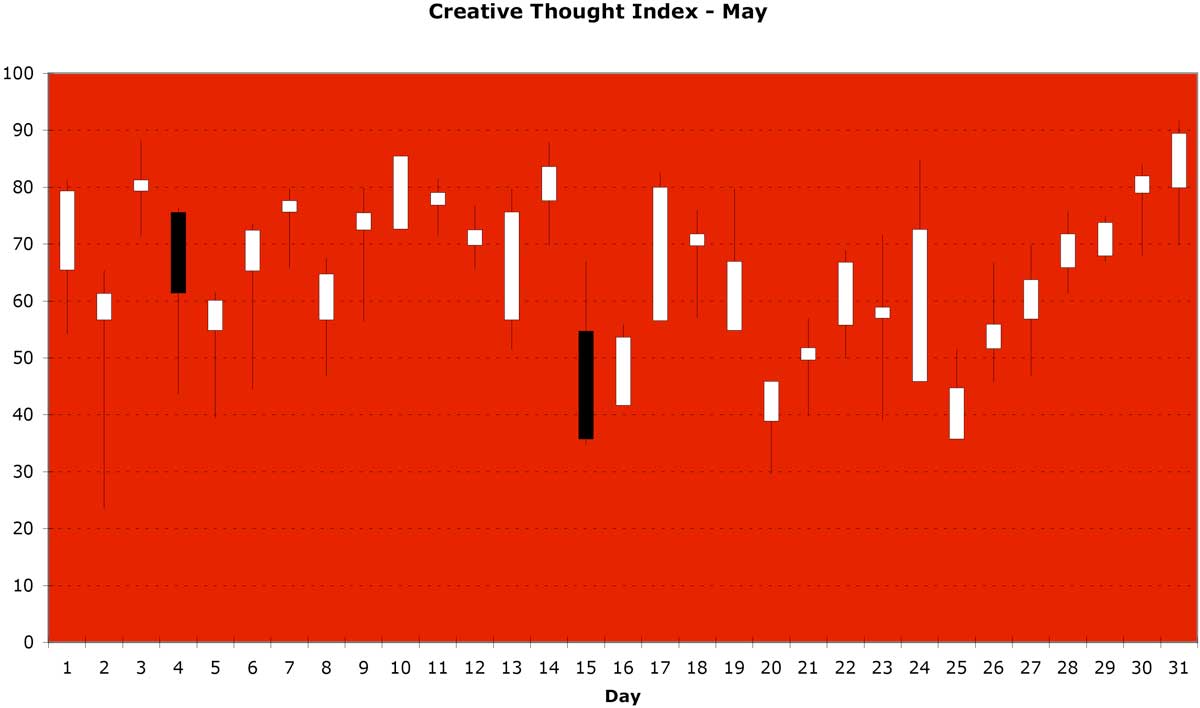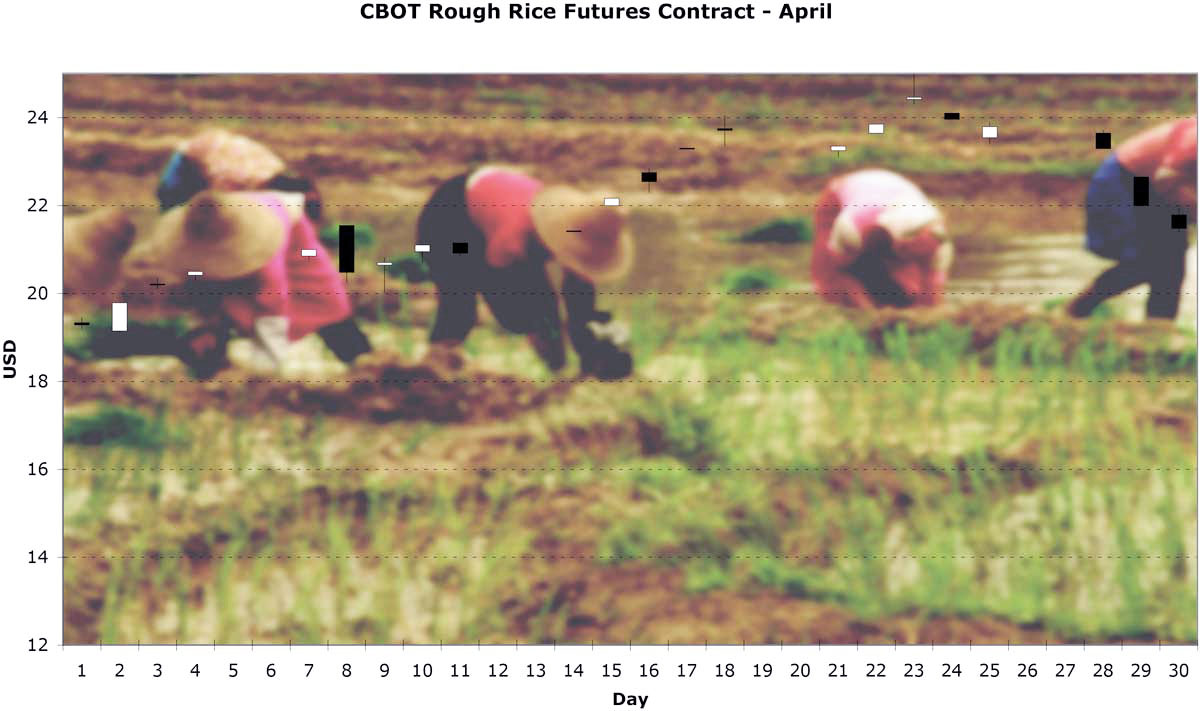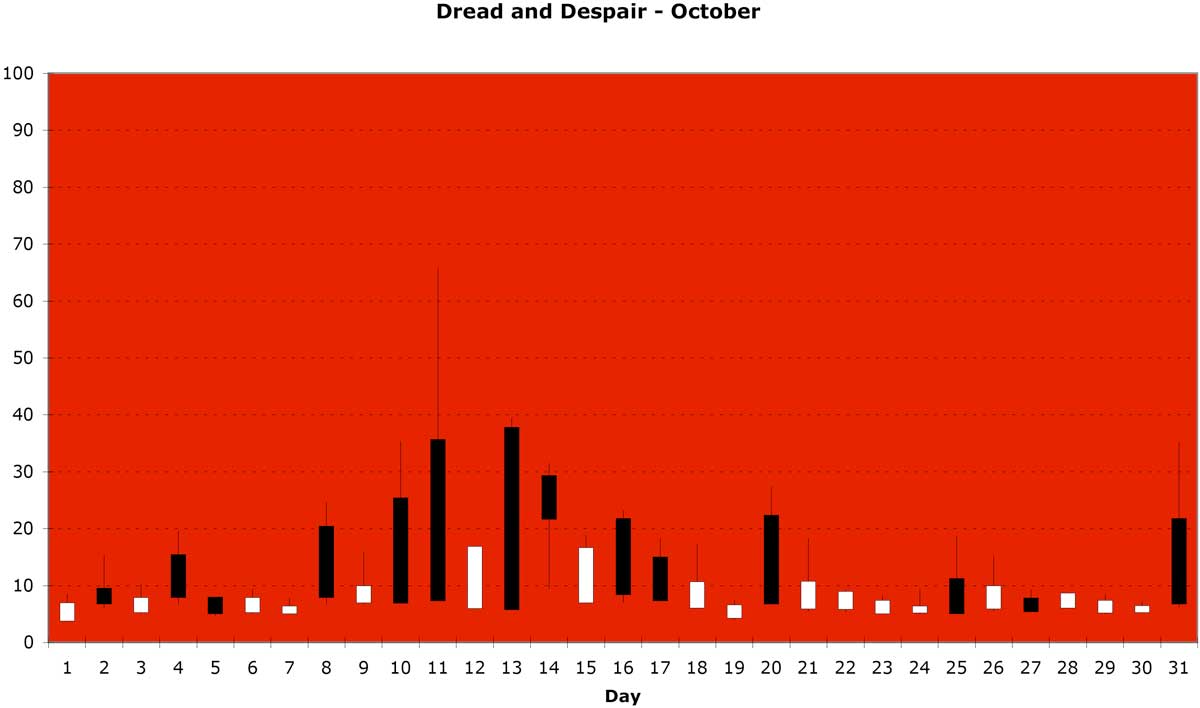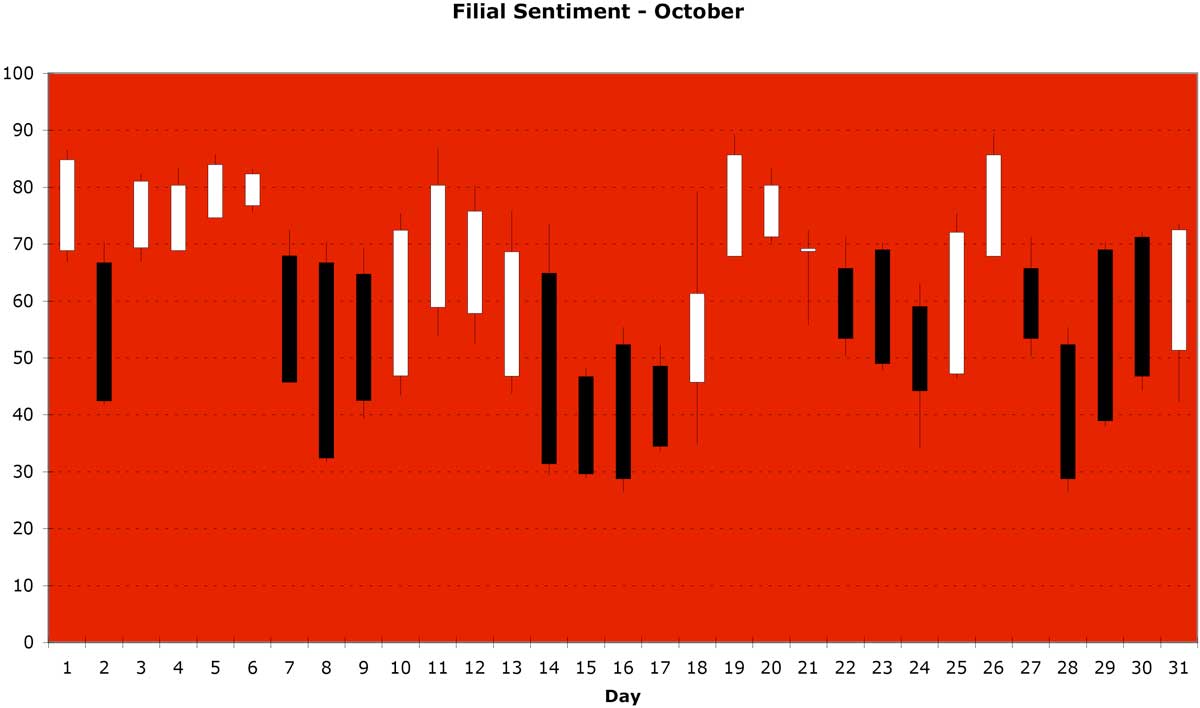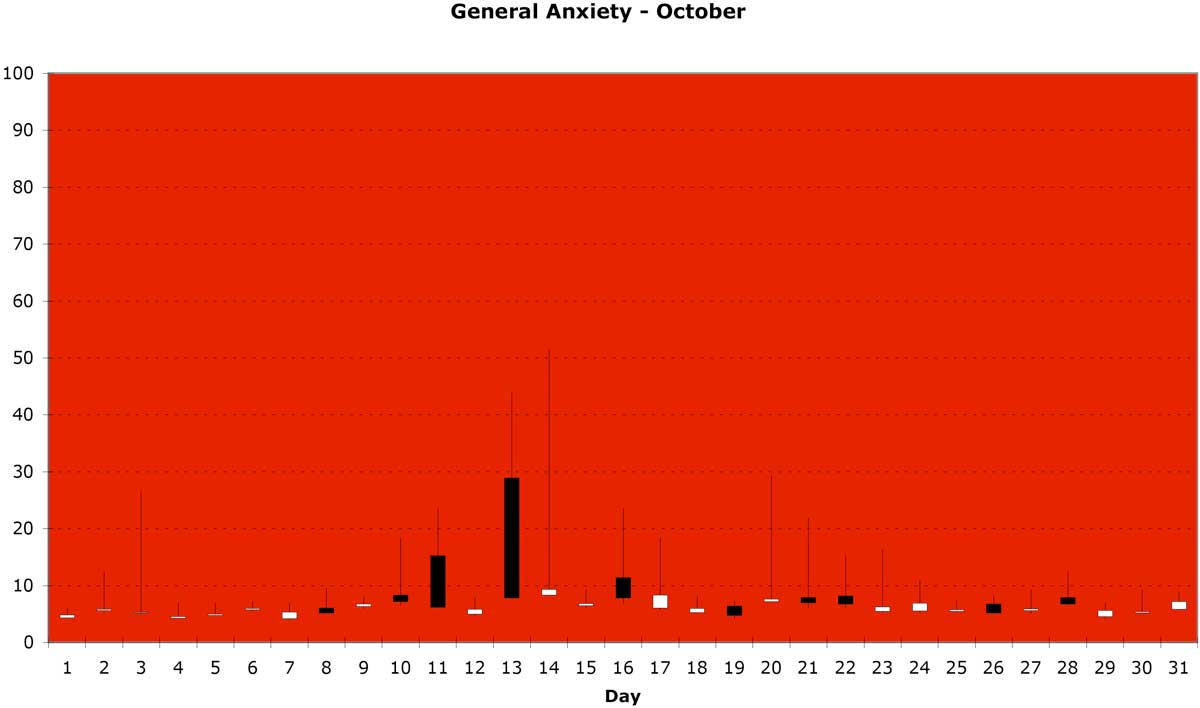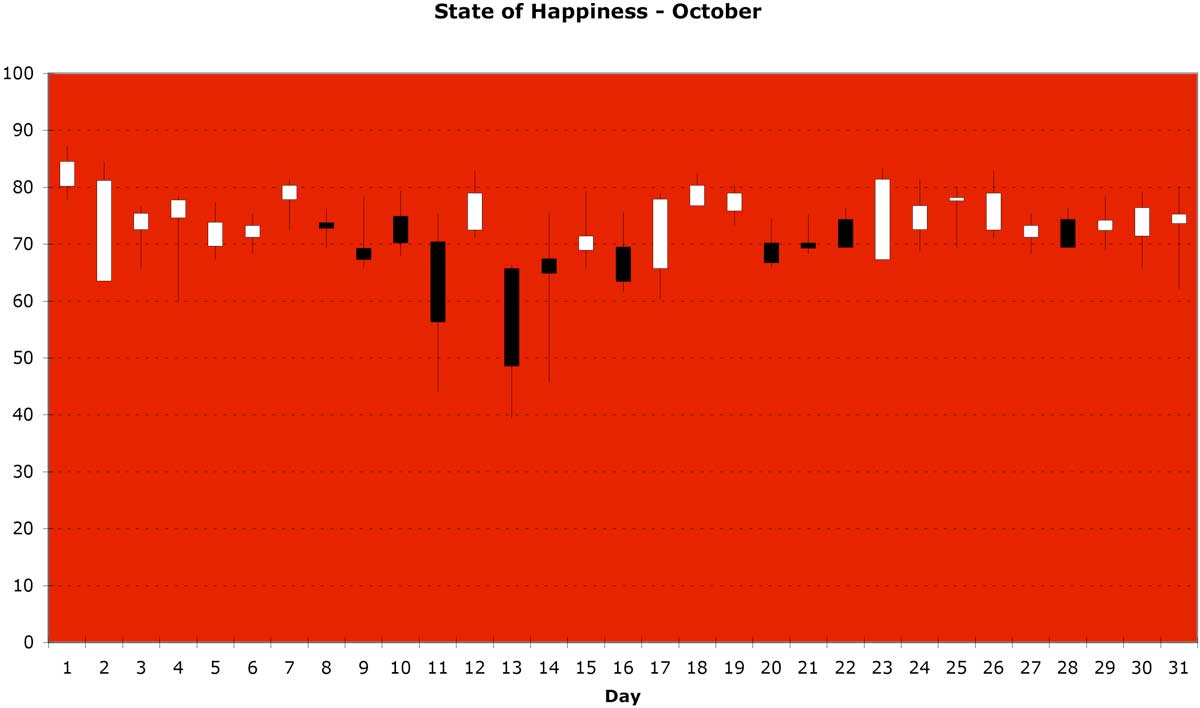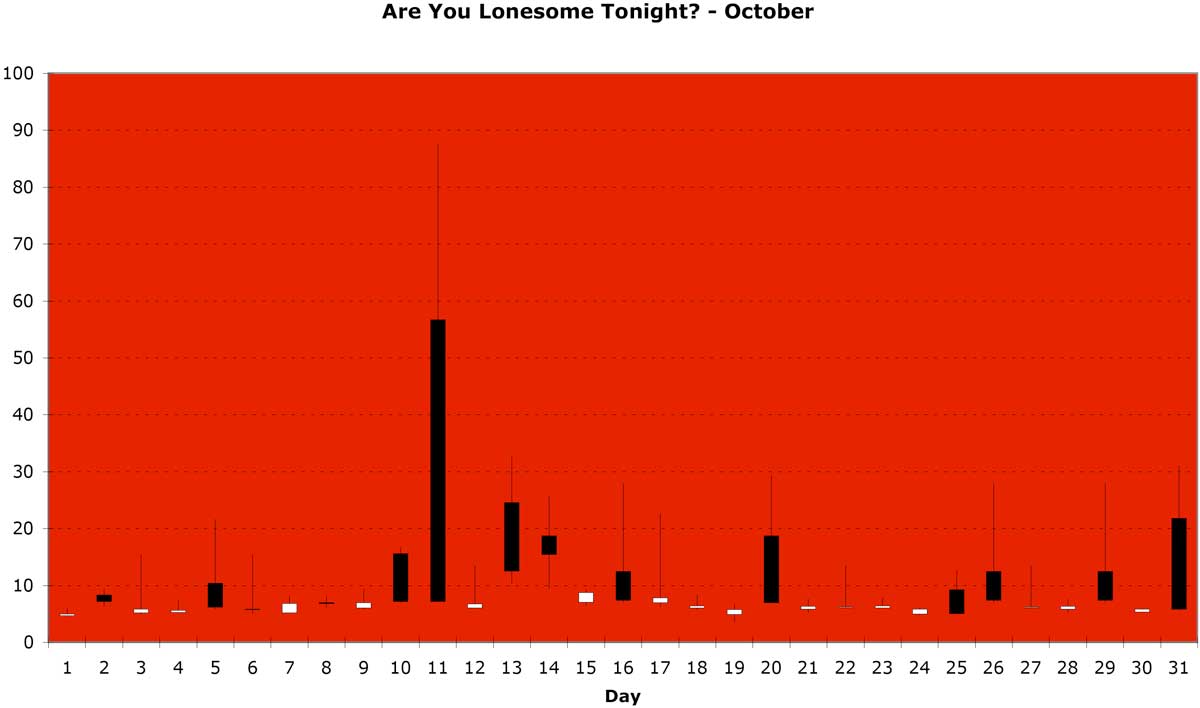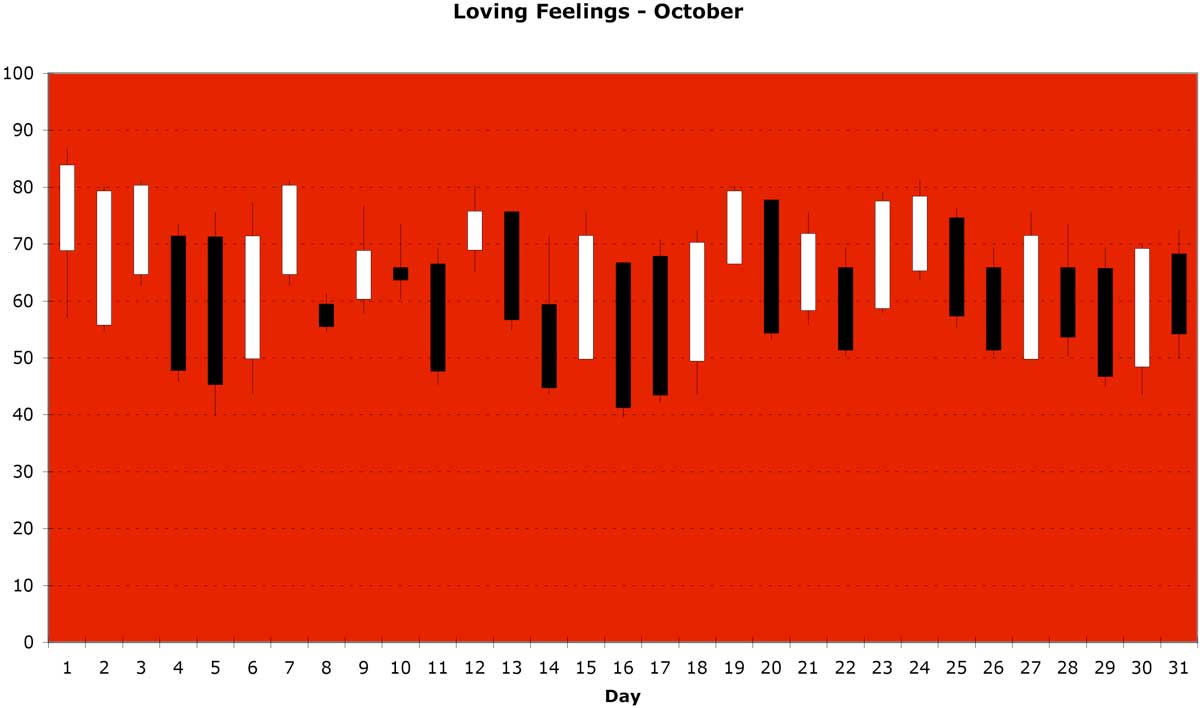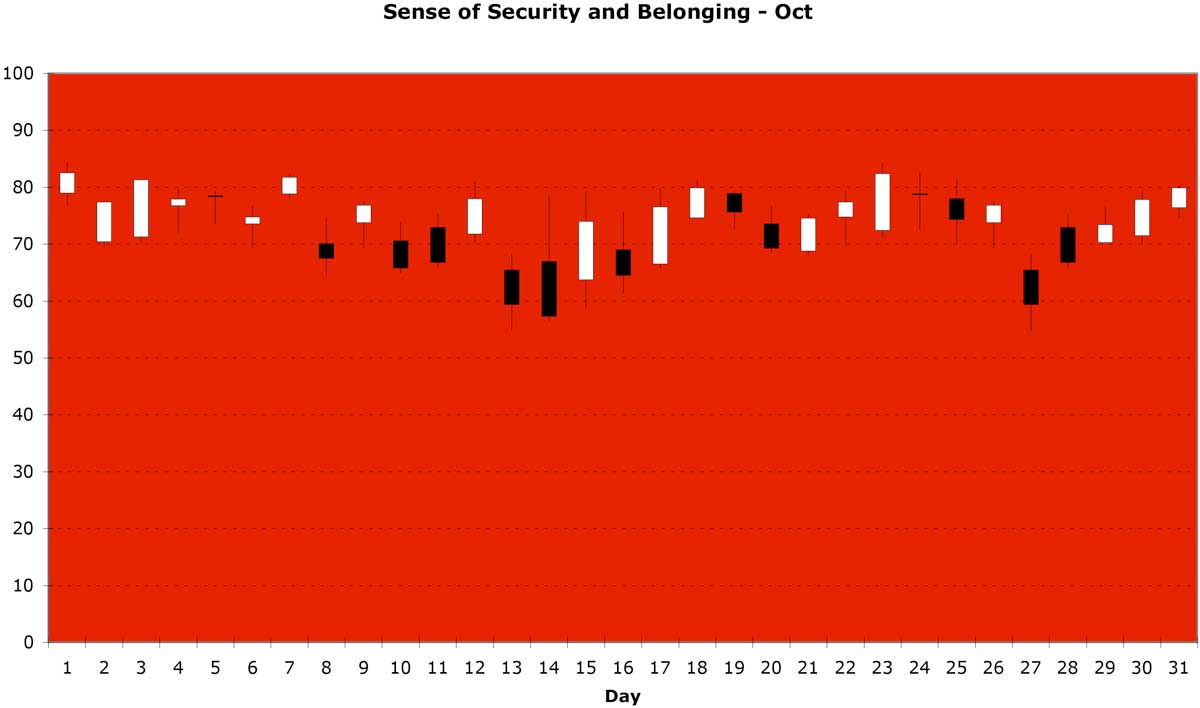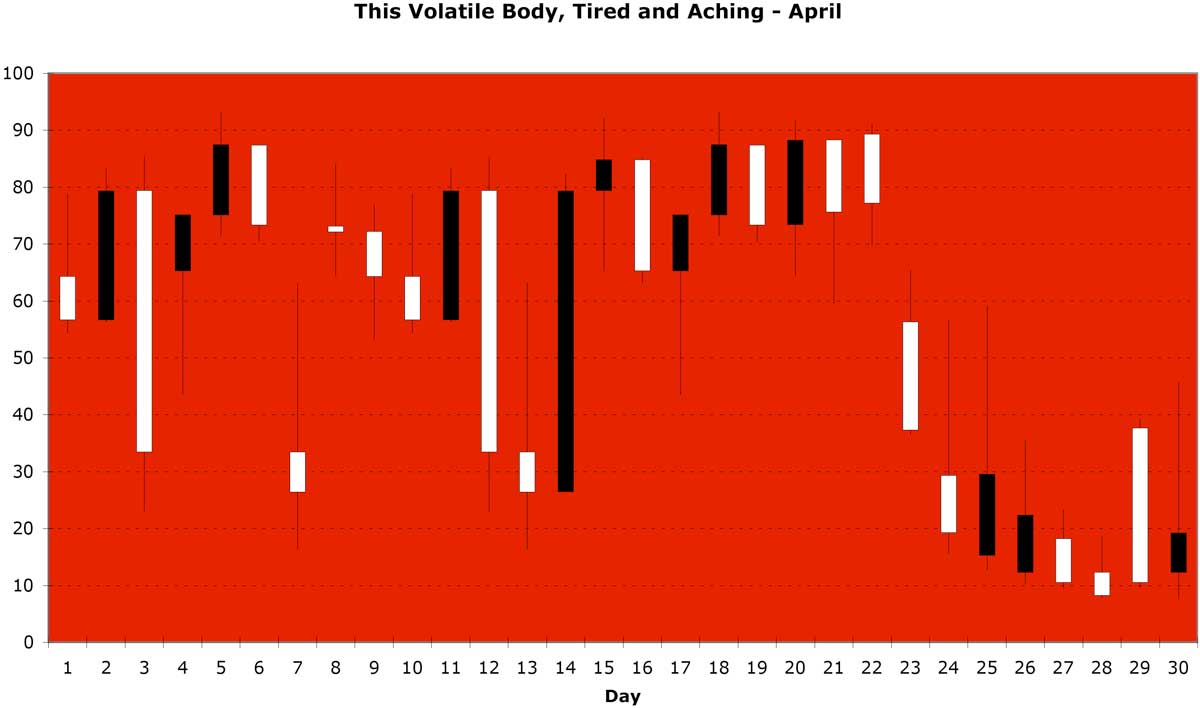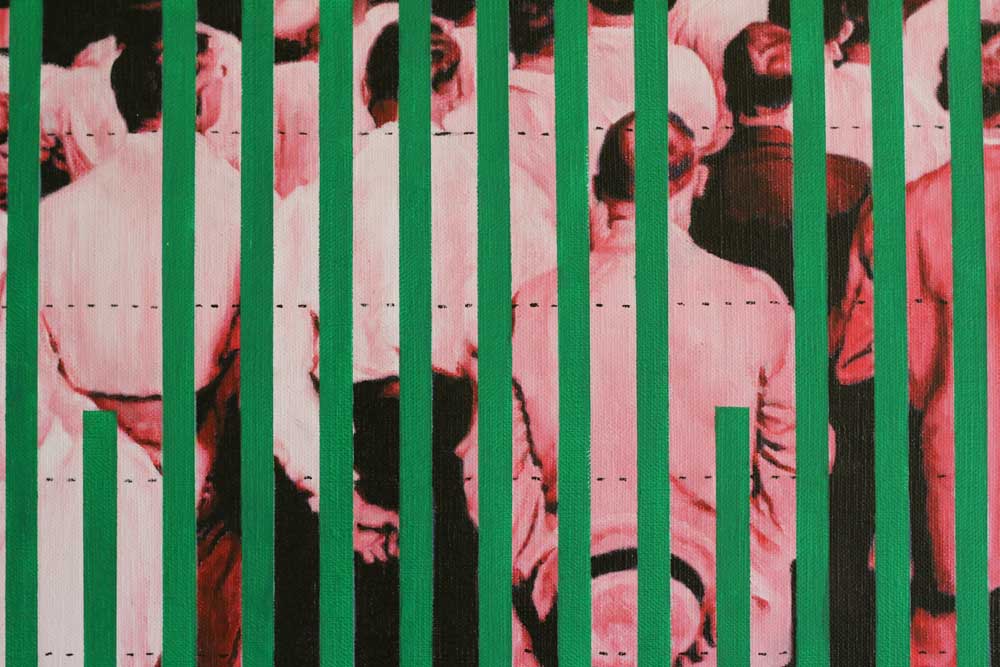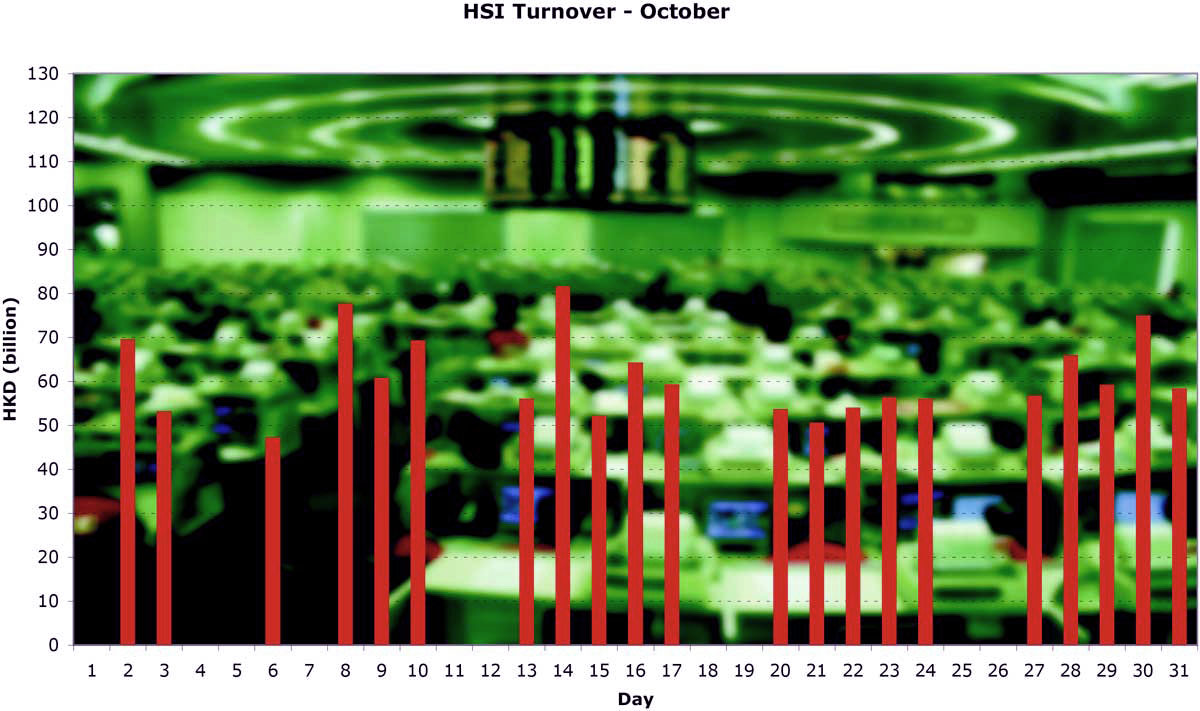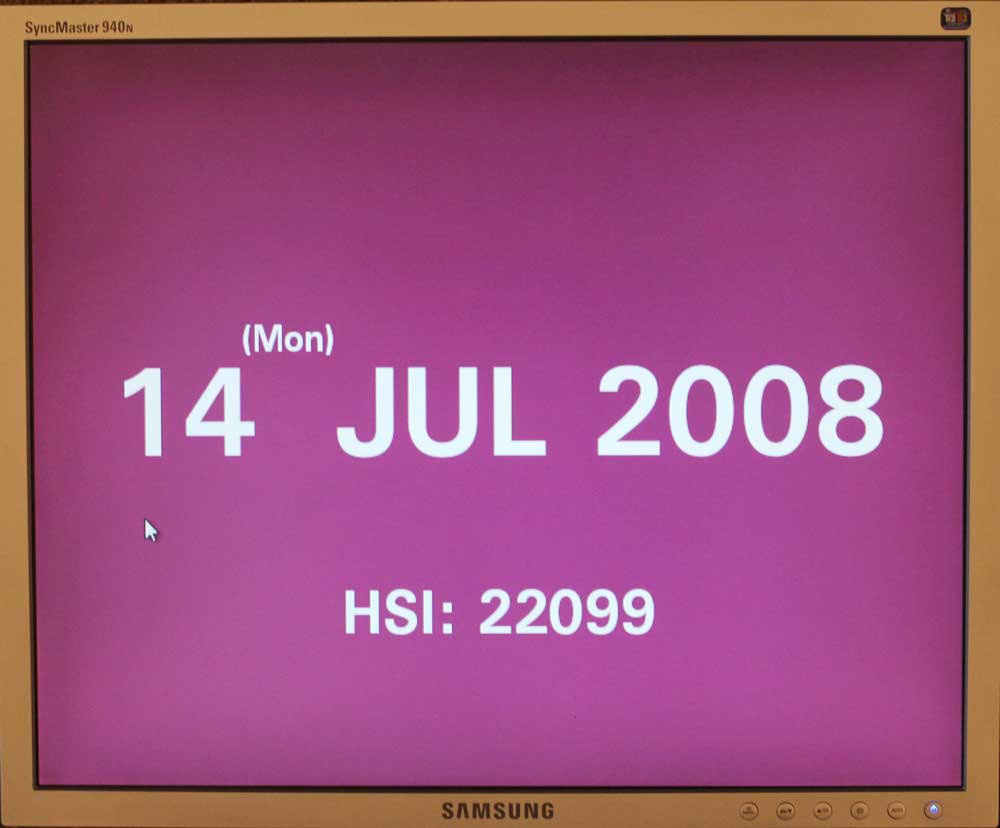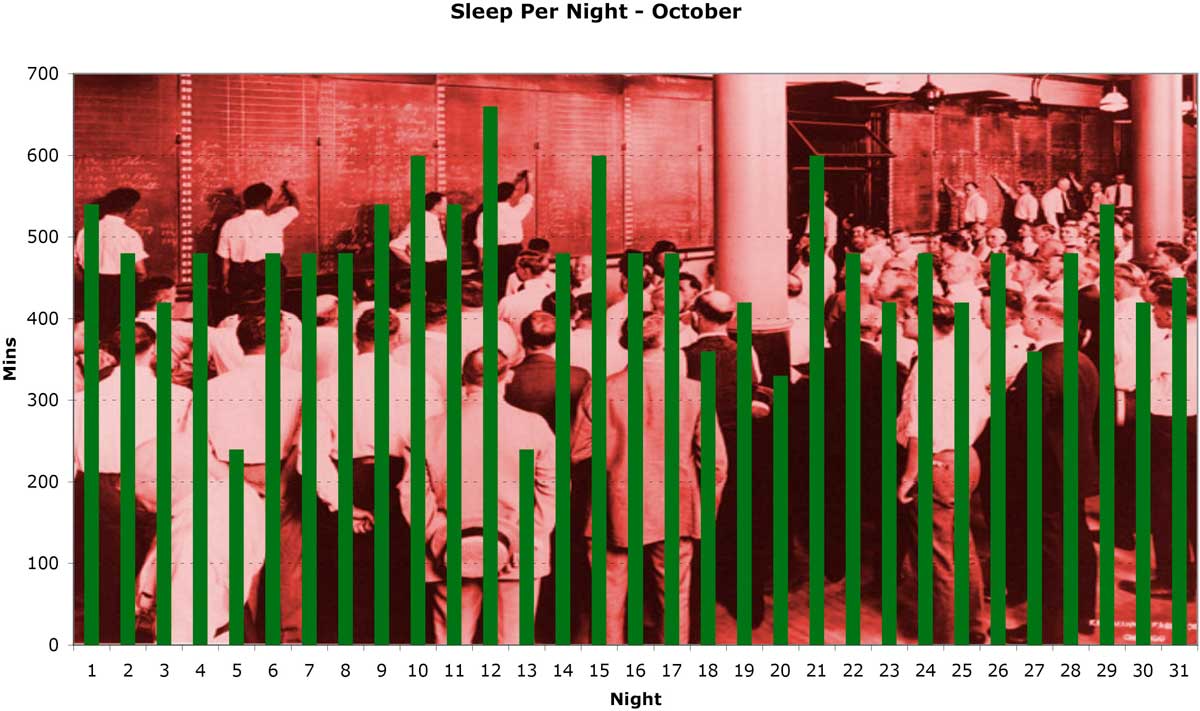IPO - Emotional Economies /
Speculation: The October Series (2008 - 2012)
John Batten Gallery, Hong Kong, May 15th – June 15th, 2009
Articulate Project Space, Sydney, June 29- Jul 13th, 2012
'The question of value and the question of measure in the process of financialization always lies in the understanding of the transformation of the nature of work.' Christian Marazzi, Measure and Finance, 2007
This work began in 2008, in the months before the 2008 Global Financial Crisis. It was to have been a six-month durational project, but in September 2008, when the markets began to fall, I decided to keep it going for another three months. Living in Hong Kong, at the time - a city where the stock market is central to daily life - I was interested in the impact that market fluctuations have on our emotional states. In the greater financialization of the everyday, turning us into individual corporations, operating at a profit or loss, with debts and credit to be managed, it's as if sociality requires the individual to launch herself onto the market, in an 'initial public offering' (IPO), a sacrificial victim to the necessity of circulation, with success as an unreachable Holy Grail. As human labour and value are increasingly displaced, finance – and money itself – is increasingly anthropomorphised: it is said to 'talk', for example and the market is said to be 'nervous', as if it is an hysterical being, becoming' jittery' if upset by gossip, rumour or unexpected occurrence.
What forms of expression might the human portrait take in an era in which we have ourselves become data sets? Candlestick charting, now used in technical analysis of securities, was developed in seventeenth century Japan in an early form of rice futures contract pricing. The charts, recording opening and closing prices and daily price range, have a minimalism about them that is beautiful. Although image production is automated here, the data gathering is hand-made, based on a decision-based emotion capture system that registers states of mind and feeling.
In a commissioned 'sound work' that accompanies the exhibition, the numerical values of the Hang Seng's rising and falling are charted against the 'average' of the emotional registers, generating a discordant (and at times harmonic) sonic register of emotions, 'coloured' by assigned tonal values.
Reviews/Discussion:
• Robyn Ferrell, ‘Market Sentiments’ in Eyeline: Contemporary Visual Arts, Number 77, January 2102, 84, ISSN 0818-8734 and ‘Feral Philosophy’, Unlikely: Journal for Creative Arts, Issue 1, 2015, http://unlikely.net.au/issue-1/feral-philosophy
• Frances Dyson, The Tone of Our Times: Sound, Sense, Economy and Ecology, MIT Press, 2015, 133-139


